Sustainability from Barrel to Bottle
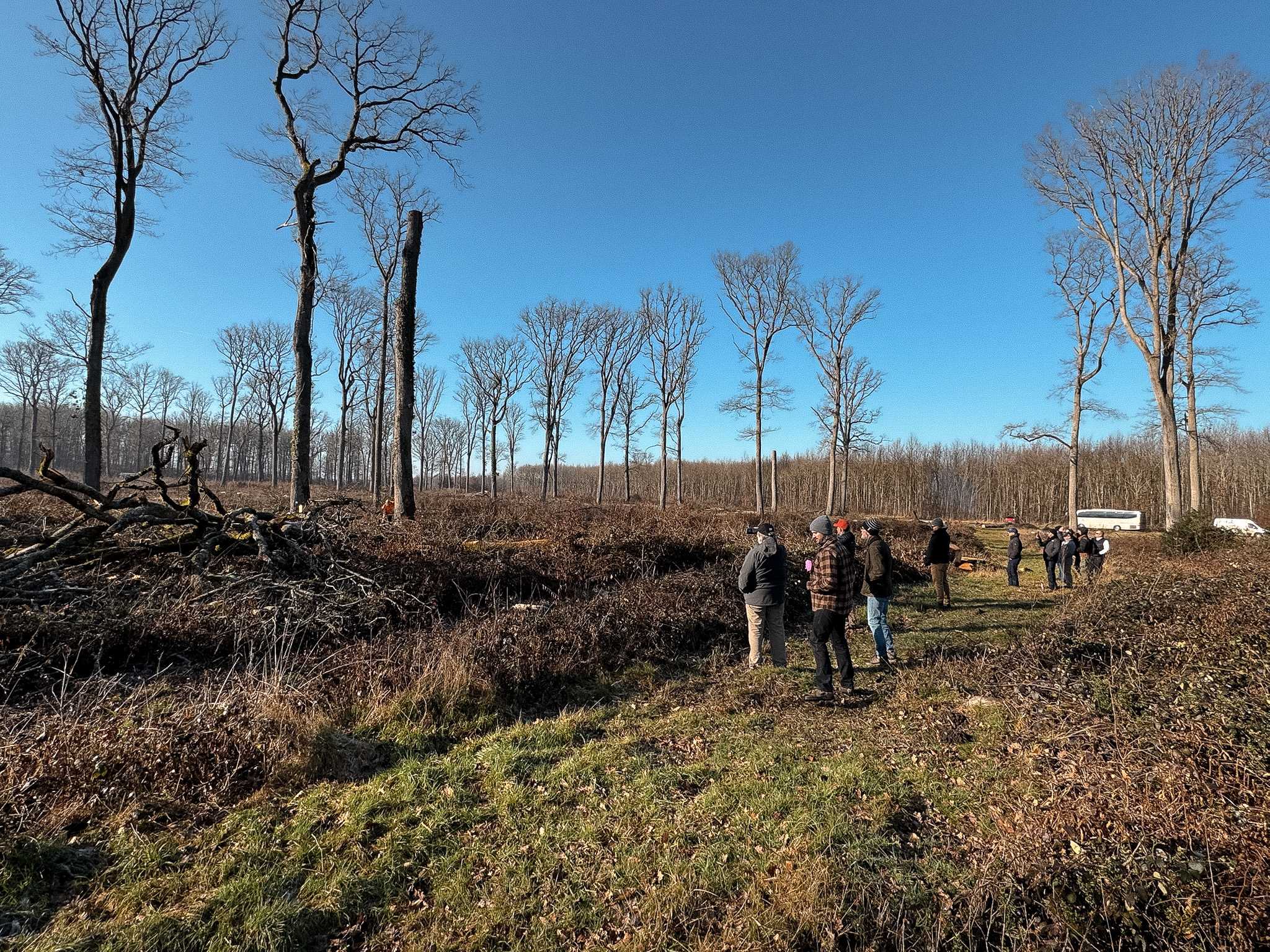
Our Journey to the Habert Forest
The story of a wine barrel begins long before it reaches our hands. For our Pinot Noir barrels, this journey starts in the heart of France, in forests that have been carefully managed for centuries. This February, Bricoleur Winemakers Bob Cabral and Tom Pierson traveled to the Loire Valley to hand-select oak for our barrels.
Bob and Tom landed in a very cold France, making their way from Paris to Sancerre, and their destination of Forêt d’Habert (or Habert Forest). The first stop in their journey was meeting with the Gauthier family, who own and operate one of the stave mills in the region. Stepping into the Habert Forest feels like stepping back in time. These trees, many of them over 150 years old, have been growing for generations.
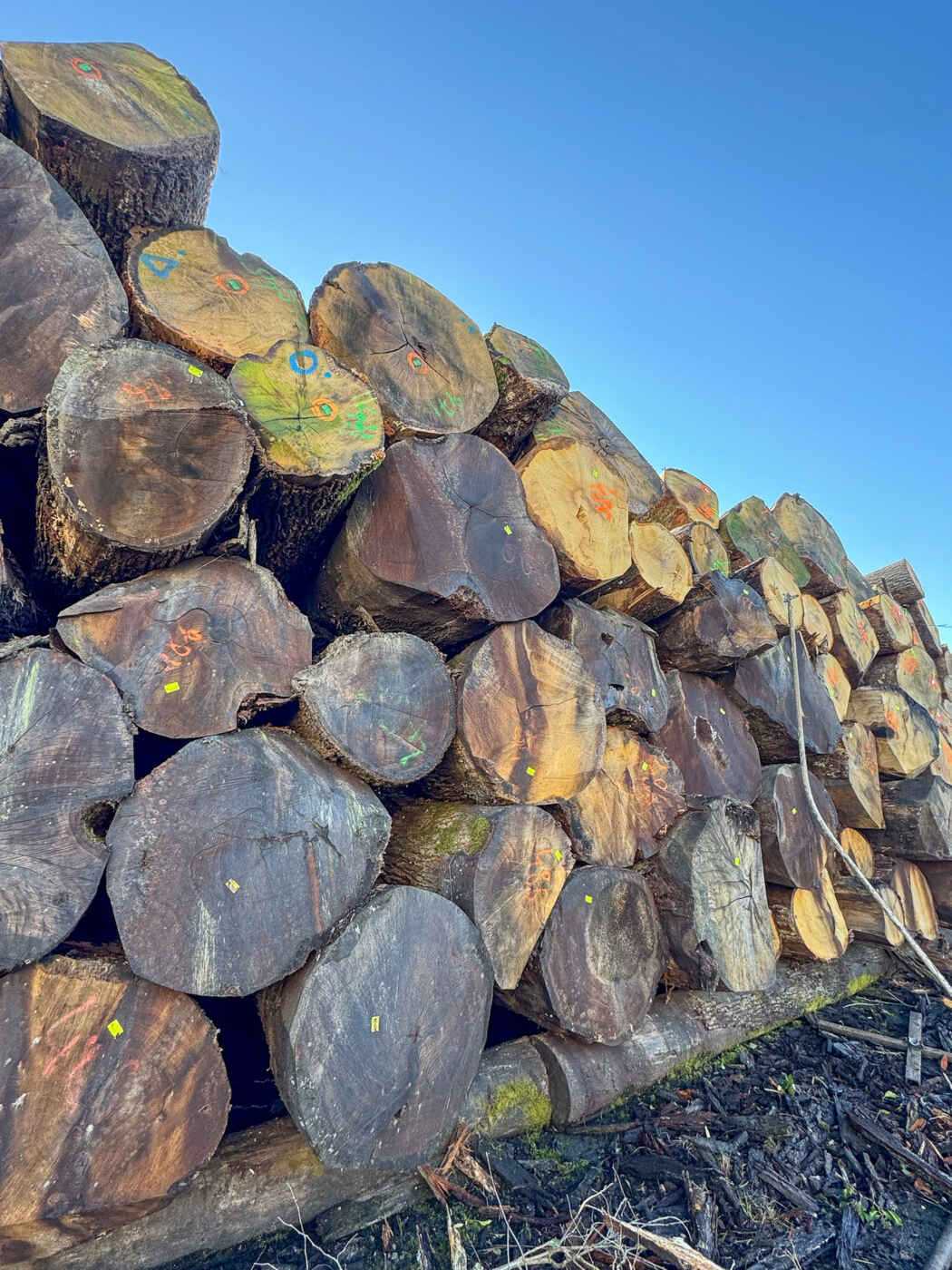
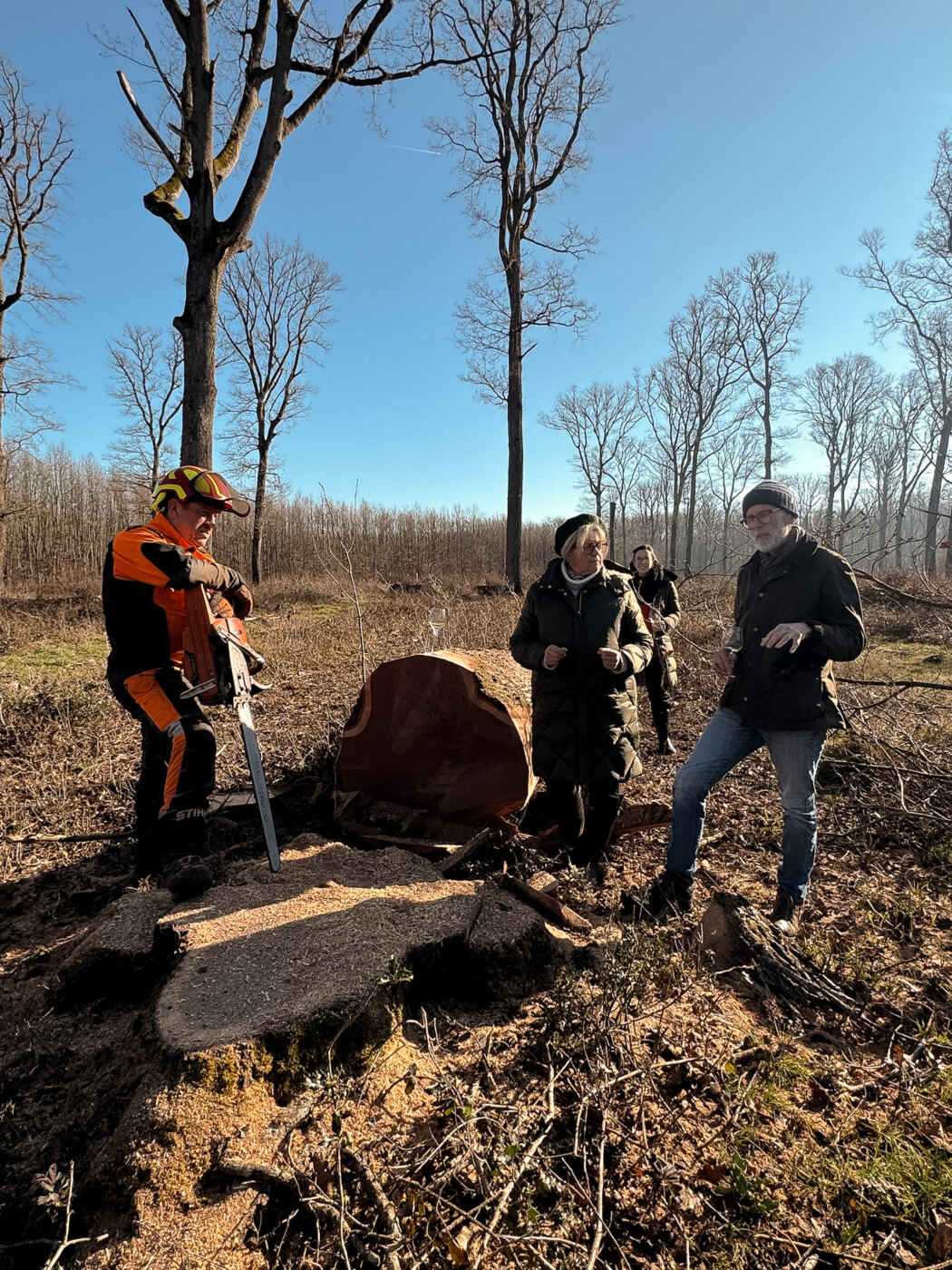
Tree Selection & Sustainability
Sébastien, the harvester whom Bob has worked with for a decade, demonstrated the careful selection process of the trees. Only the straightest oak trees are chosen for barrels – the slightest twist to the tree renders it completely unsuitable for barrel staves. These “imperfect” trees don’t go to waste: while each tree has the potential to be used for 10-15 barrels, only about 20% of the tree is used for barrel production, with the remaining 80% and imperfect trees being used for furniture, flooring, or even energy production.
Contrary to the misconception that oak trees are being depleted in this process, the footprint of France’s managed oak forests has actually expanded over the past century, from 13% to 22%. The French government manages these forests, ensuring their sustainability and regeneration. Every harvested section is replanted, and each tree serves multiple purposes. One cooperage we partner with even burns sawdust in a reactor to generate their own energy.

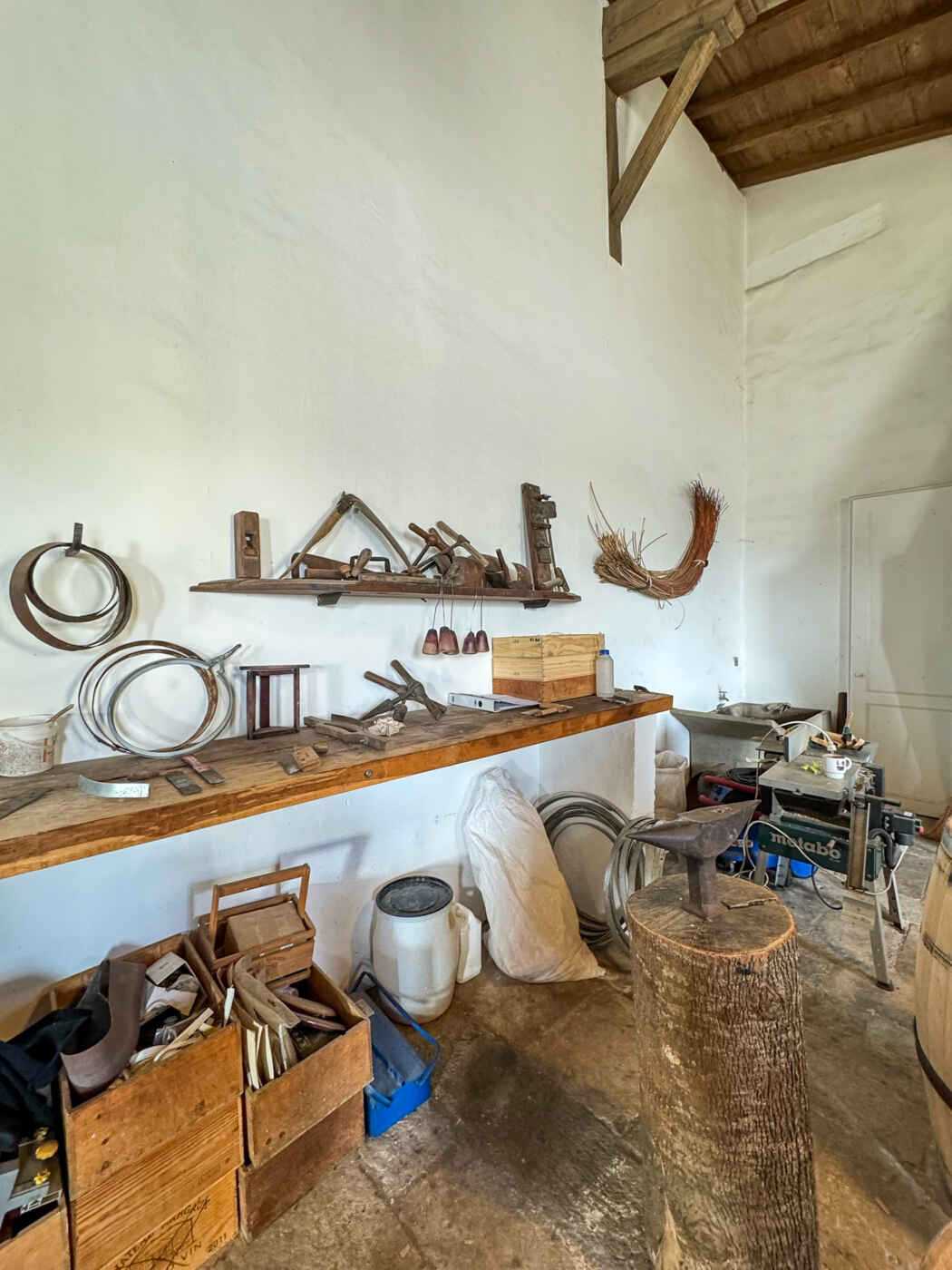
From Stave to Barrel
Once milled, the staves are carefully sorted and left to air-dry for 2 to 4 years. Every year, they are re-stacked to allow for even exposure to the elements, leaching out tannins and refining the wood’s character. The climate in which the staves age plays a crucial role in shaping the composition of the final wine, whether that is exposure to rain, heat, or humidity.
Following their initial aging, the staves are shipped by boat here to California, where they are crafted into barrels. Our winemaking team works closely with the Master Cooper during the process of barrel toasting, ensuring our barrels bring just the right nuance to our wines. For Bricoleur, these barrels are primarily used for our estate Pinot Noir, giving subtle depth to the flavor that enhances the fruit without overpowering it.
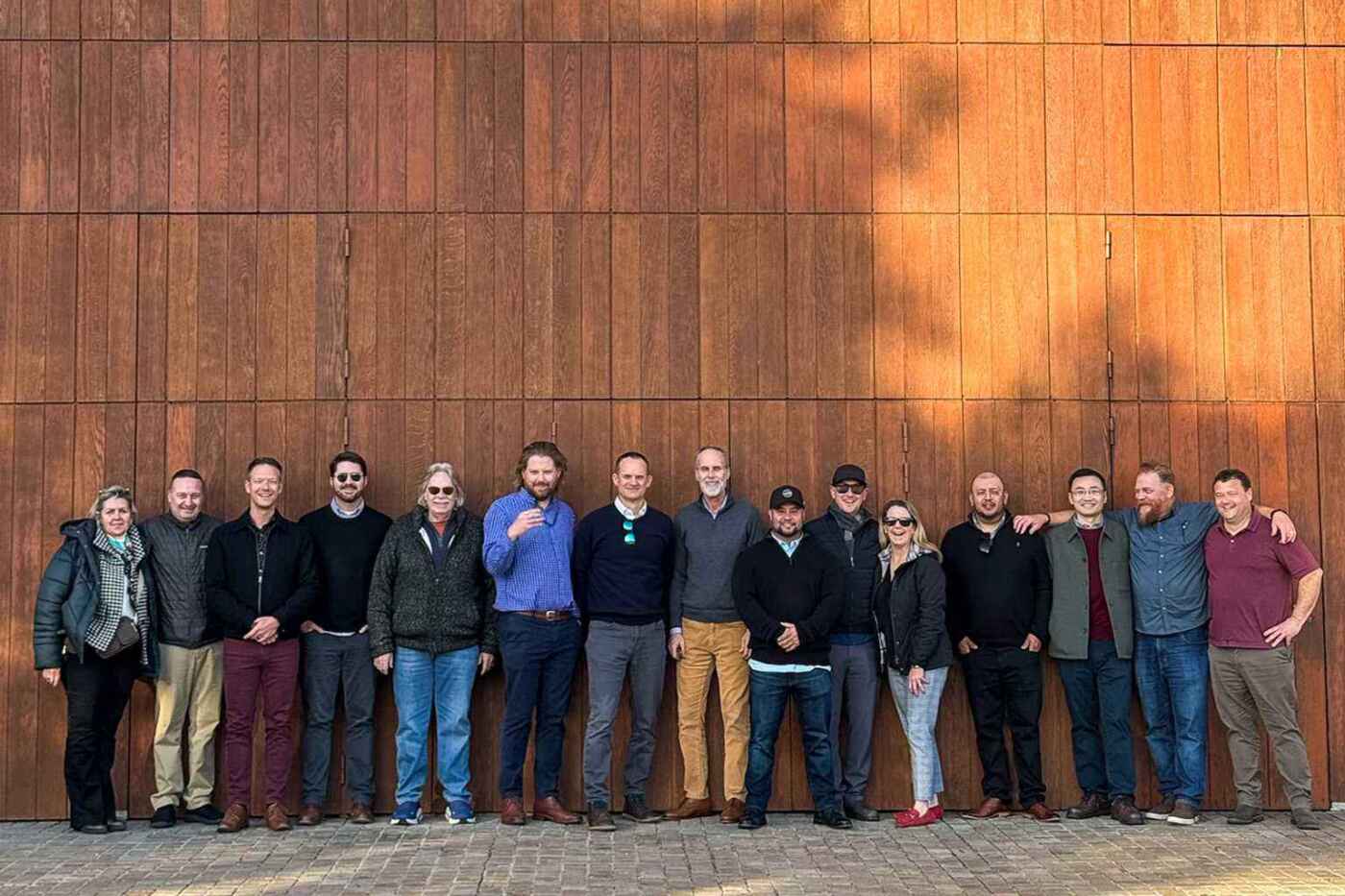
Every Sip Tells a Story
Bob and Tom remarked that standing in the forest, looking at the trees selected for our barrels, they are reminded of how interconnected winemaking truly is. The choices they make – from the oak they source to the toasting levels they select – shape the final character of our wines. Every sip of our Pinot Noir carries not just the history of our vineyard but the legacy of these centuries-old forests. This journey from tree to barrel is one of patience, craftsmanship, and sustainability, values we hold close at Bricoleur Vineyards. Next time you raise a glass, know that the story behind it started long before the wine ever touched the barrel.